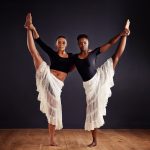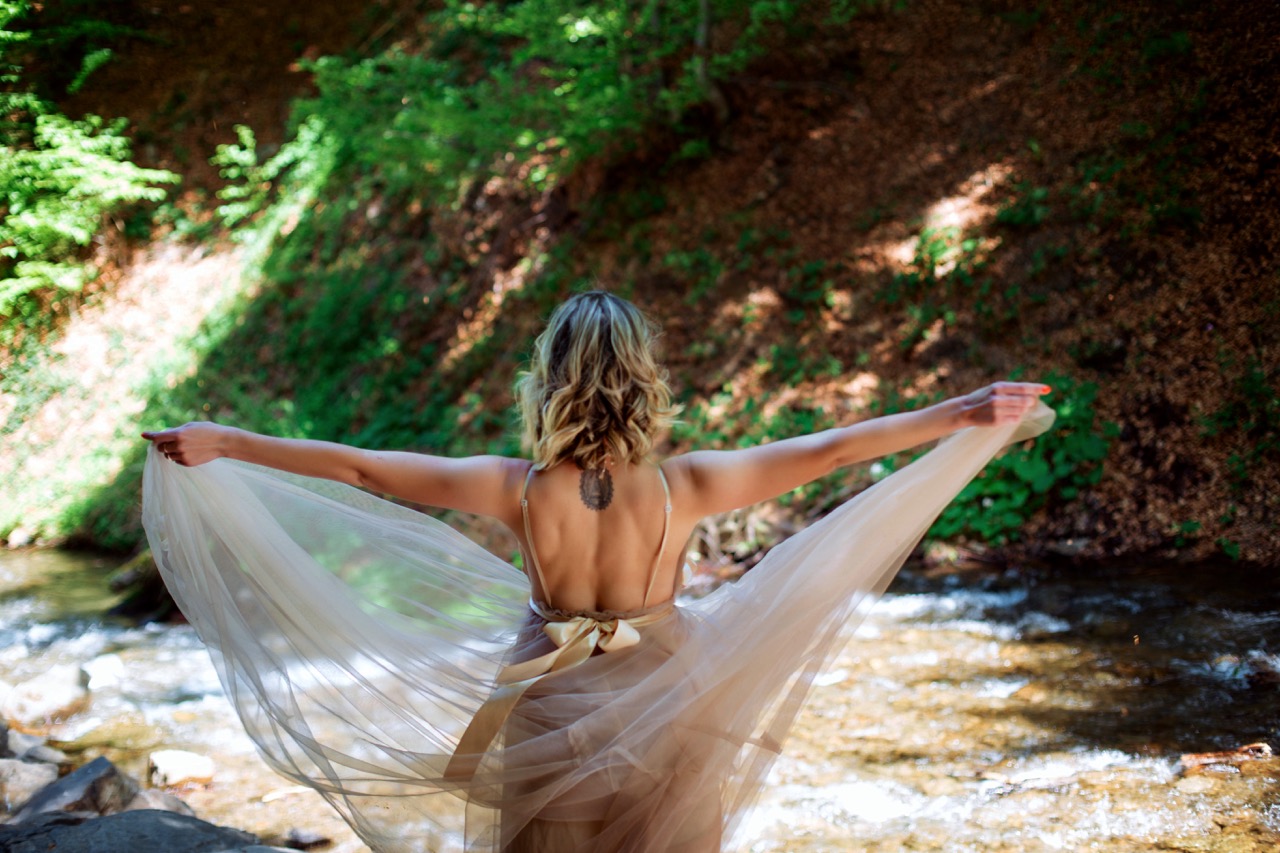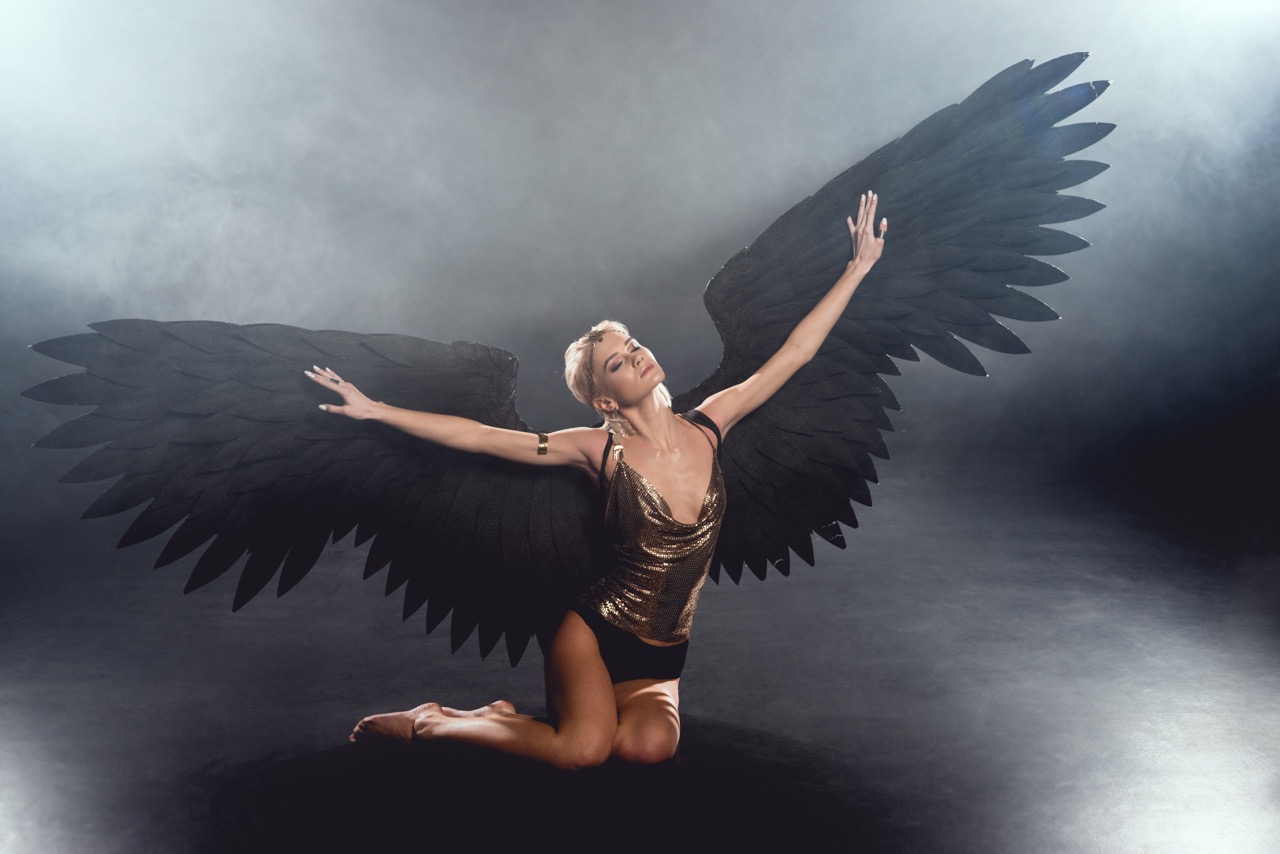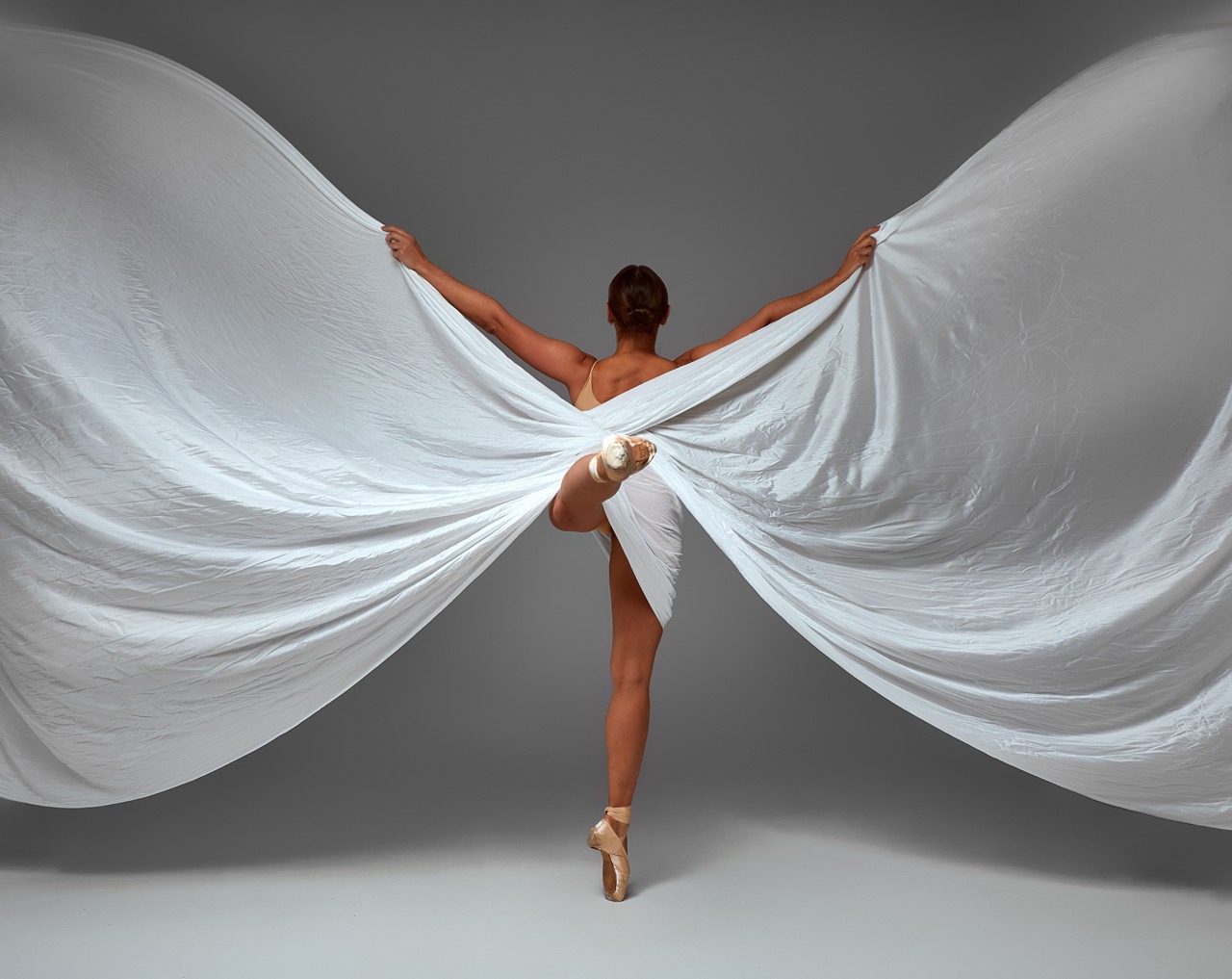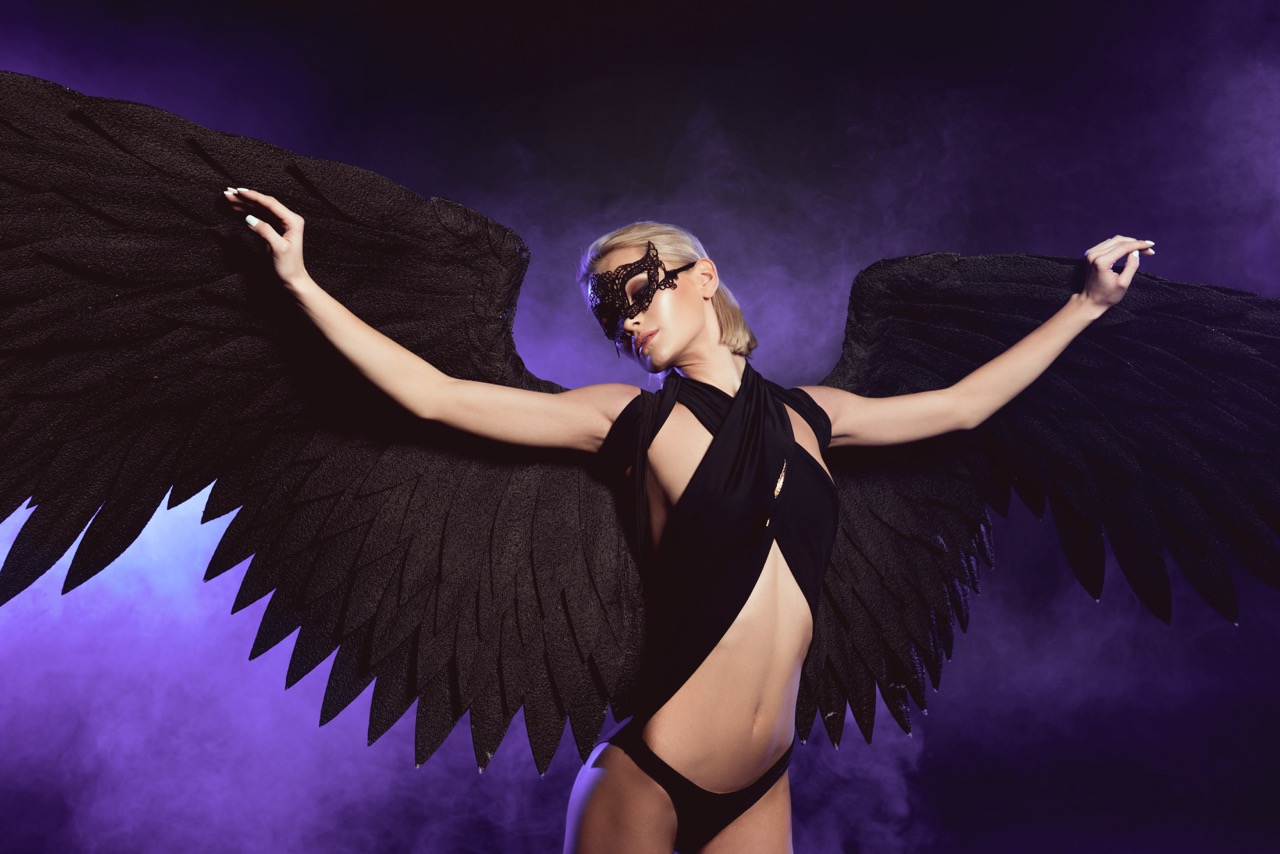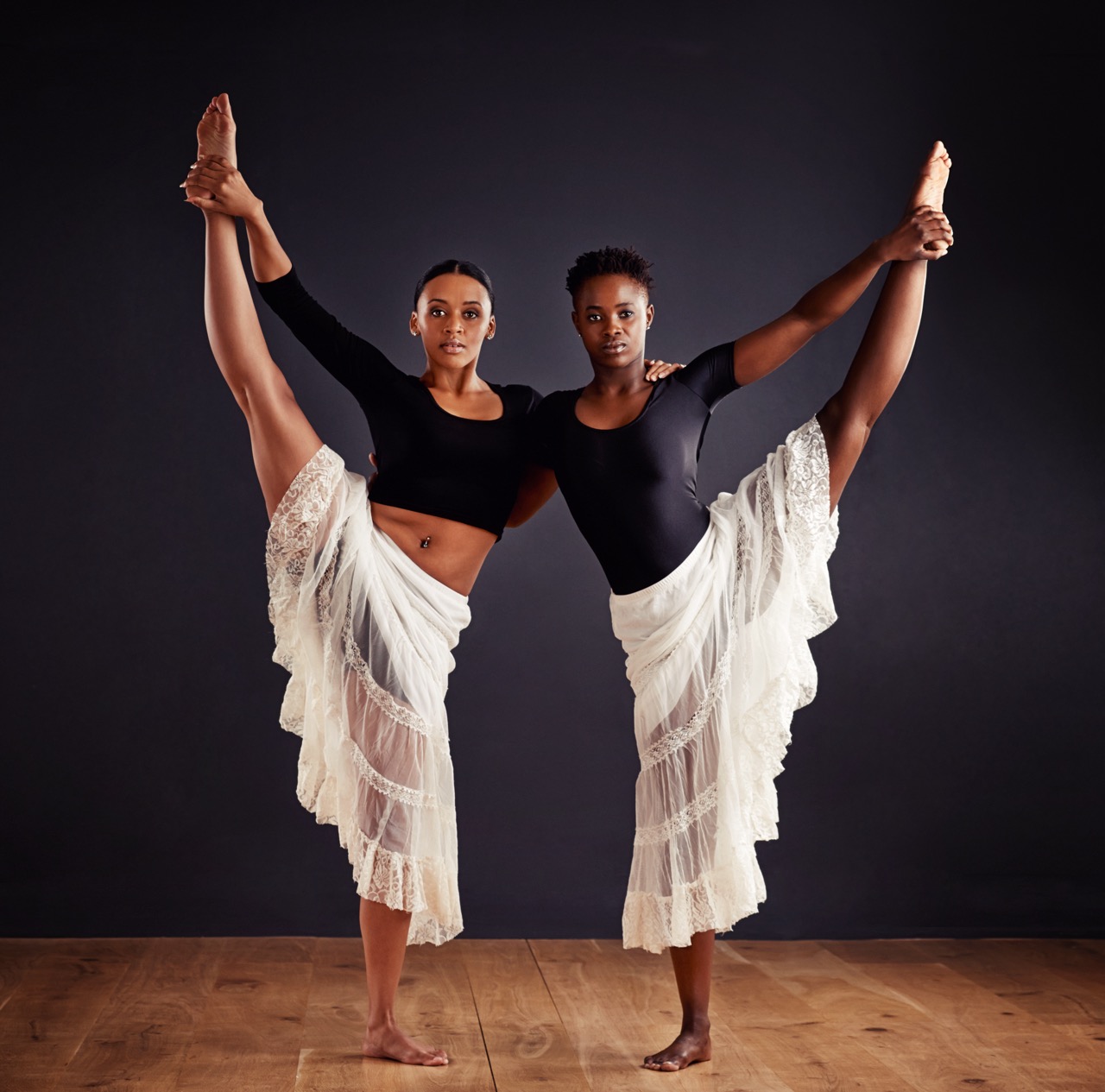Dance has long been an integral part of human culture, transcending boundaries and connecting people through rhythm and movement. In the context of weddings and celebrations, it takes on a particularly poignant role, symbolizing shared joy, unity, and the beauty of love. This article explores the significance of dance in these heartfelt occasions, revealing how it transforms ordinary moments into extraordinary memories.
The Heartbeat of Joy: Dance as a Wedding Tradition
From the graceful sway of the bride and groom’s first dance to the infectious energy of a packed dance floor, the presence of dance at weddings is as timeless as the vows exchanged. Couples often choose a song that holds special meaning for them, creating a personal soundtrack that captures the essence of their love story. This first dance is not only a rite of passage but also a moment where everyone witnesses the couple’s commitment to one another, making it a cornerstone of the wedding ceremony.
As the evening progresses, dance becomes a communal celebration, inviting family and friends to join in and share their own joy. Traditionally, many cultures incorporate specific dances that reflect their heritage, such as the Hora in Jewish weddings or the Tarantella in Italian celebrations. These dances not only honor tradition but also bring guests together in a shared experience, fostering an atmosphere of love and camaraderie.
Additionally, modern couples are increasingly personalizing their weddings with unique dance performances, be it flash mobs or choreographed routines. These elements not only provide entertainment but also serve as a way for couples to express their personalities and creativity. In essence, dance at weddings embodies the heartbeat of joy, a vibrant manifestation of love that resonates with everyone present.
Celebrating Love: The Symbolism Behind Wedding Dances
Every dance performed at a wedding is steeped in meaning, weaving a narrative that speaks to the couple’s journey. The first dance, often characterized by its intimacy, symbolizes the beginning of their shared journey as partners. It is a moment steeped in vulnerability and authenticity, where the outside world fades away, and it’s just the two of them celebrating their love in the spotlight.
Following the first dance, various other dances often act as a bridge between the couple and their guests, promoting feelings of inclusion and togetherness. The parent dances, for instance, evoke nostalgia and gratitude, honoring the love and sacrifices made by family members. They serve as a reminder that the journey of love extends beyond the couple itself, encompassing the broader family and community that supports them.
Moreover, the dance floor becomes a canvas for expressing joy, with each movement symbolizing the couple’s dreams and aspirations for their future together. As guests join in, the act of dancing transforms the celebration into a powerful affirmation of love, hope, and unity. This symbolism behind wedding dances enriches the experience, allowing everyone to partake in the couple’s narrative and create lasting connections.
From First Steps to Lasting Memories: Dance’s Role in Celebrations
In addition to weddings, dance plays a pivotal role in various celebrations, marking significant milestones in life. From birthdays to anniversaries, dance allows individuals to express their emotions in ways that words sometimes cannot encapsulate. The act of moving together fosters a sense of belonging and happiness, creating cherished memories that linger long after the music fades.
Celebrations often feature traditional dances that evoke a sense of nostalgia and collective memory. For example, during cultural festivals, communities come together to celebrate their heritage through dance, reinforcing bonds and instilling pride. In this way, dance becomes a vehicle for storytelling, transmitting values and traditions from one generation to the next, preserving a rich cultural tapestry that is both vibrant and essential.
Moreover, the spontaneity of dance can turn any gathering into a celebration. Whether it’s a joyful jig at a family reunion or a soul-stirring waltz at a milestone birthday, dance ignites happiness and creates moments that bind people together. The laughter, joy, and shared experiences fostered by dance ensure that these celebrations are not merely events but milestones woven into the fabric of our lives.
Uniting Cultures: Dance as a Universal Language in Weddings
Dance is a universal language, transcending cultural and linguistic barriers to facilitate connection and understanding. In a world that is increasingly diverse, weddings often blend various traditions, and dance becomes a focal point of this cultural fusion. By showcasing different styles and rhythms, couples celebrate not only their love but also their unique backgrounds, inviting guests to partake in a shared experience that honors diversity.
In multicultural weddings, traditional dances from both sides of the family are often integrated, allowing each culture to shine. This not only enriches the celebration but also promotes respect and appreciation among guests, fostering a sense of unity. For example, a wedding might feature an African dance alongside a Western-style reception, illustrating the harmonious blending of traditions and creating an inclusive atmosphere that celebrates diversity.
Furthermore, dance serves as a powerful tool for connection. As guests from different backgrounds come together on the dance floor, they share laughter and joy, breaking down social barriers. This collective experience fosters a sense of community, reinforcing the idea that love knows no bounds. By engaging in dance, individuals express their individuality while simultaneously joining a larger narrative of celebration that resonates across cultures.
In conclusion, dance occupies a sacred space in weddings and celebrations, serving as a vibrant expression of joy, love, and unity. From the personal symbolism of the couple’s first dance to the communal celebration that follows, dance enriches these moments, creating lasting memories that resonate with all who partake. As a universal language, it transcends cultural boundaries, weaving a rich tapestry of tradition and connection that brings people together. The significance of dance in our lives is undeniable, reminding us that, in the dance of life, love is the most beautiful rhythm of all.



